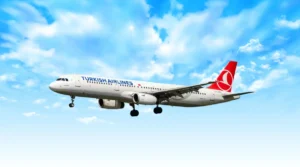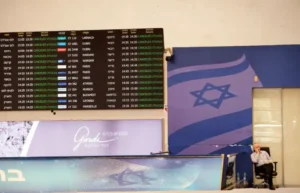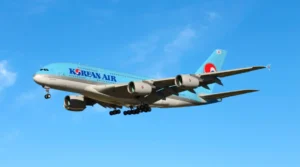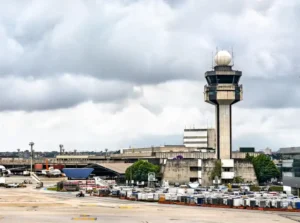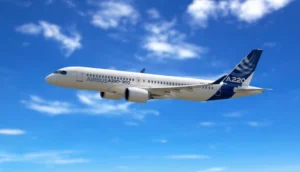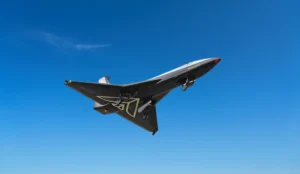Why Planes Taxi Slower Than You Walk
Ever wonder why airplanes crawl on the ground despite flying at 500 mph in the sky? Learn why pilots stick to the 30-knot rule and how taxi speed affects flight efficiency and safety.

It’s a question many airline passengers have pondered while inching toward the runway: why do airplanes move so slowly on the ground? Despite their high-speed performance in the air, commercial jets crawl along taxiways at speeds slower than your average neighborhood driver.
Most commercial aircraft, including those operated by efficiency-driven carriers like Southwest Airlines, taxi at speeds between 20 and 30 knots (roughly 23–35 mph). During turns or in poor weather, that speed drops to about 10 knots — slower than a casual cyclist.
Aircraft taxi operations are governed by several factors. Narrow-body aircraft use a device called a tiller to steer the nosewheel, allowing precise directional control. However, standard operating procedures typically limit tiller use to speeds below 30 knots for safety.
For additional guidance, pilots rely on tools like electronic airport diagrams, surface movement radar, taxiway signage, and air traffic control clearances to safely navigate complex airport layouts.
Even the method of engine usage matters. Many airlines use single-engine taxiing to conserve fuel, though in wet or icy conditions, both engines are used to maintain traction and control.
Taxi speeds also affect operational efficiency. Airlines like Southwest, which operate point-to-point short-haul routes, often perform several flights a day with tight turnaround times. As a result, pilots maximize taxi efficiency — sometimes pushing right up to the 30-knot threshold to maintain on-time performance. On the other hand, widebody aircraft taxi more cautiously due to their size, weight, and the risk of overheating tires and brakes.
Weather plays a key role too. During fog, snow, or rain, taxi speeds can be restricted to just 10 knots to avoid skidding or losing control. Airport-specific speed limits may also apply, communicated through official pilot notices.
It’s not about being slow — it’s about being safe, efficient, and compliant with strict airport and airline protocols. So next time you feel like your plane is crawling, just remember — it’s all part of the plan.

